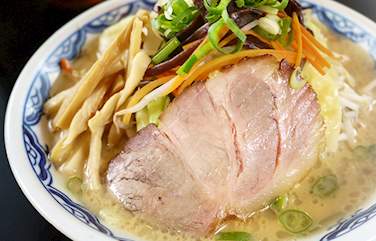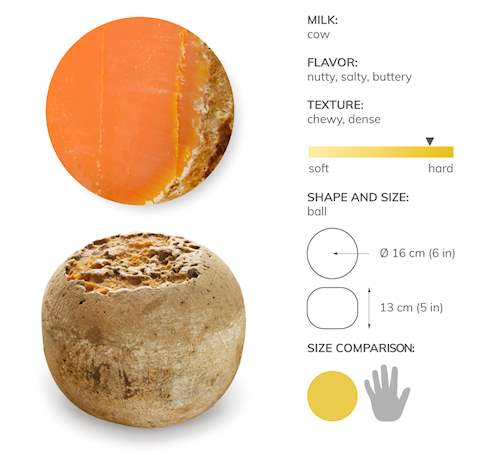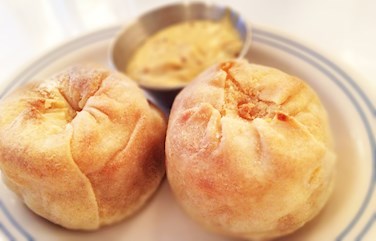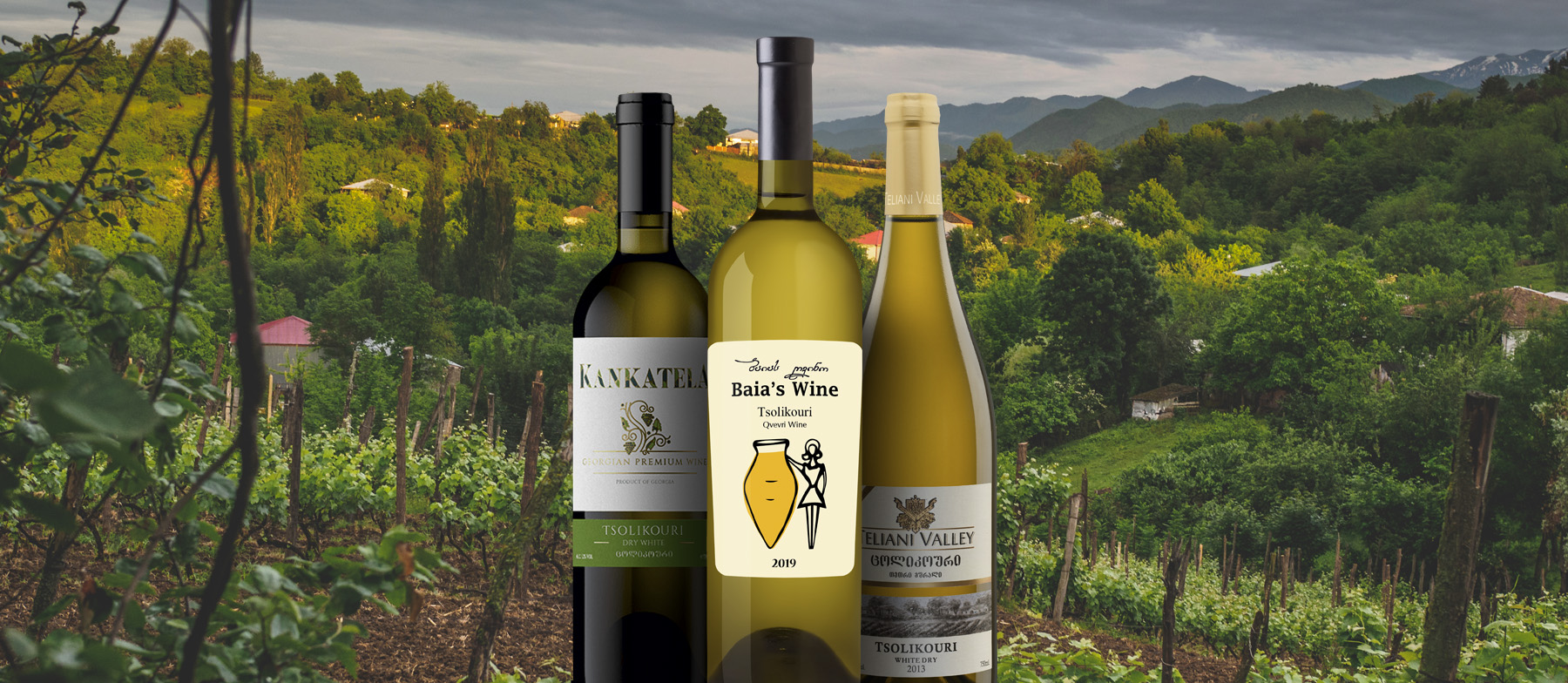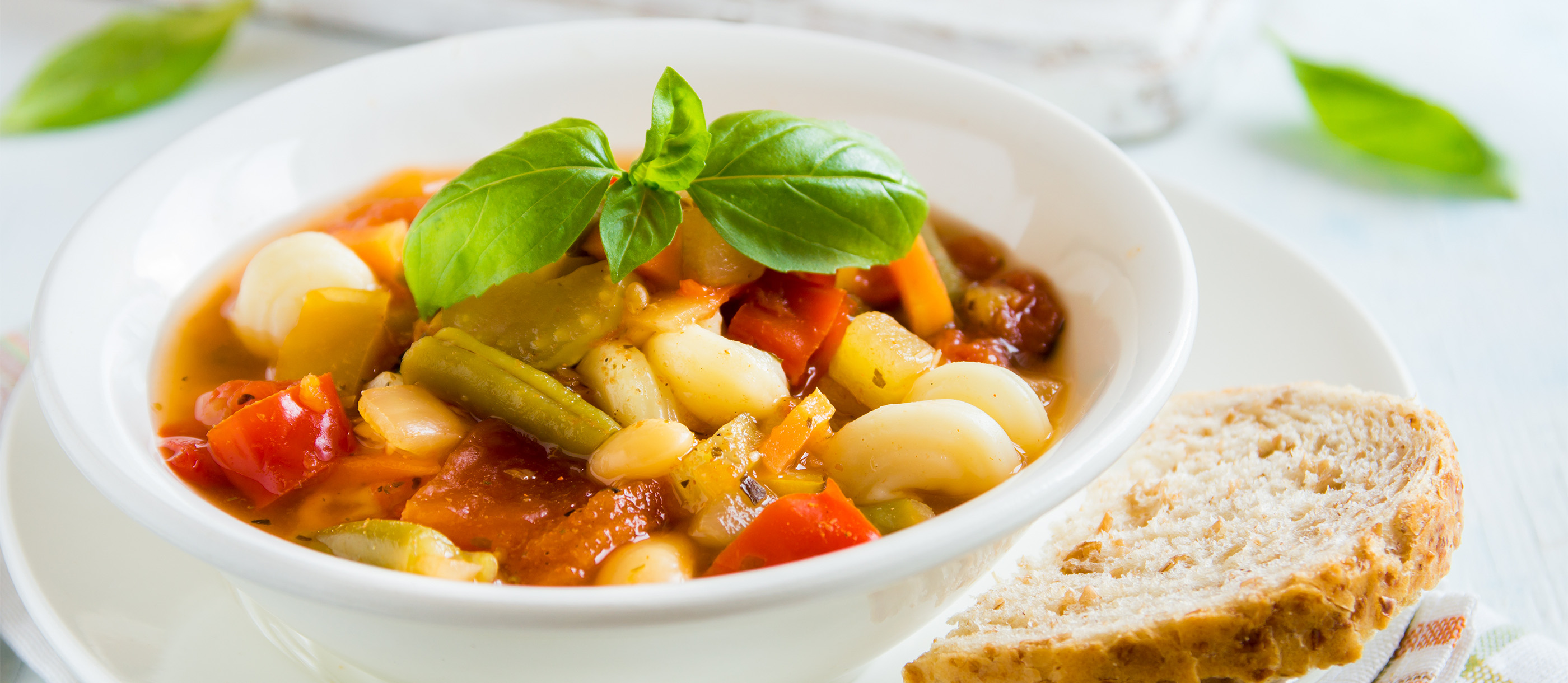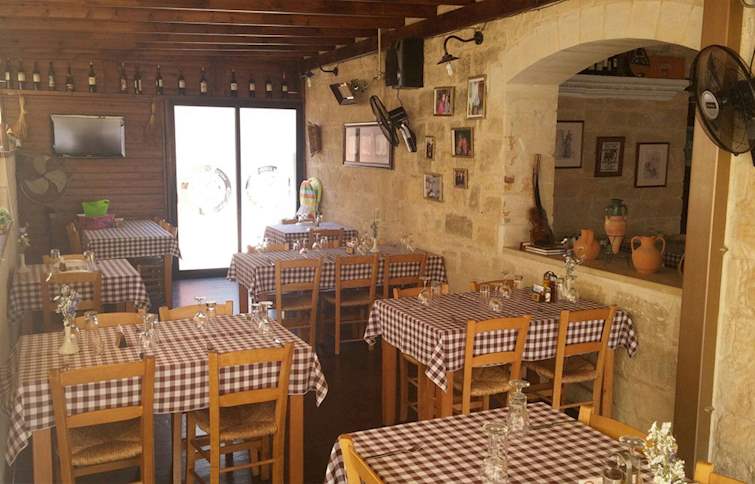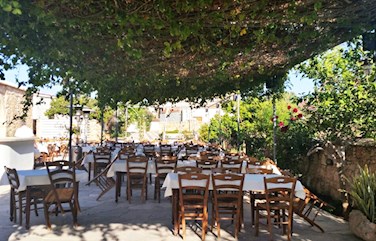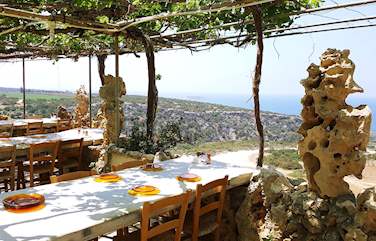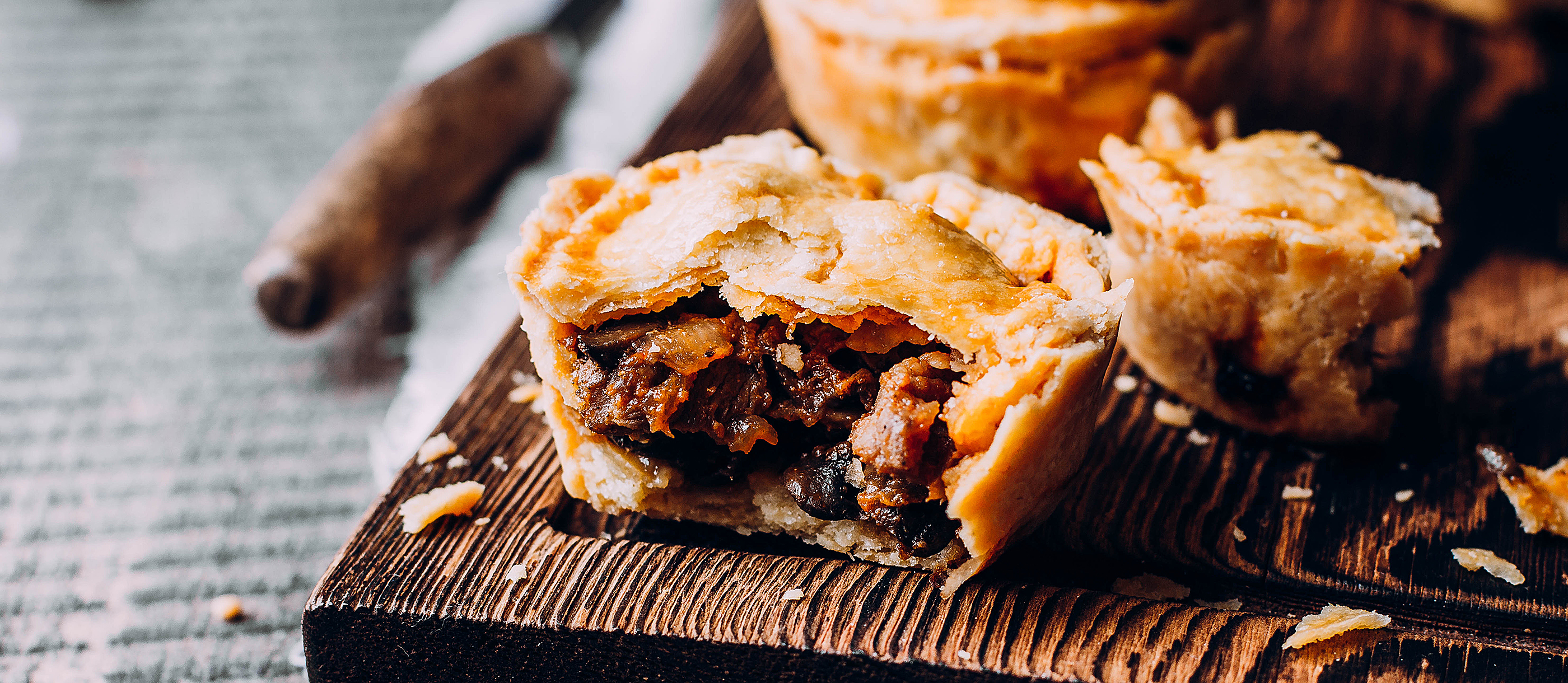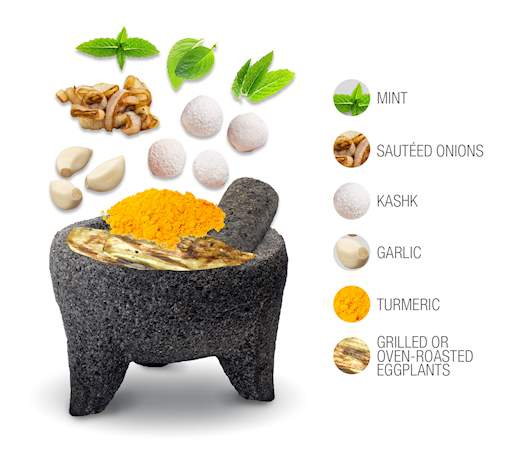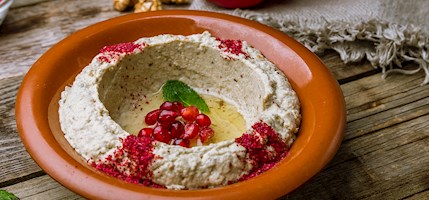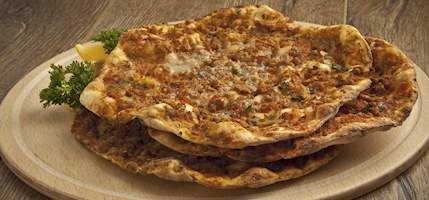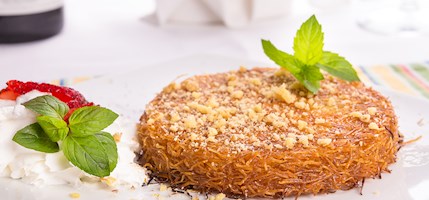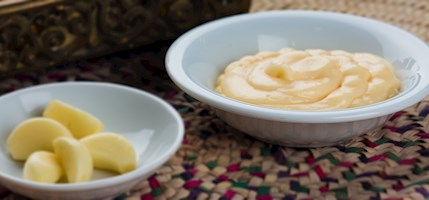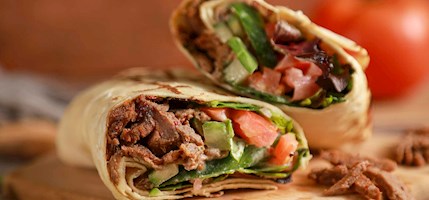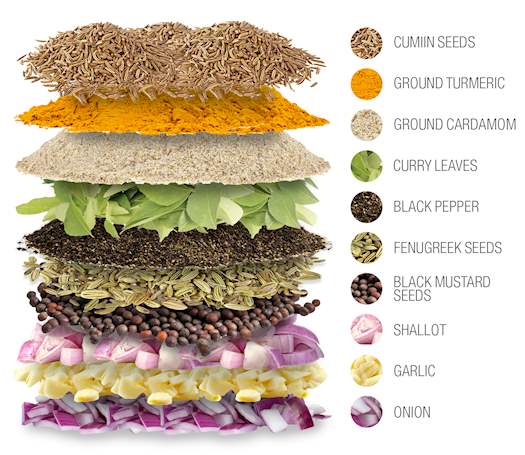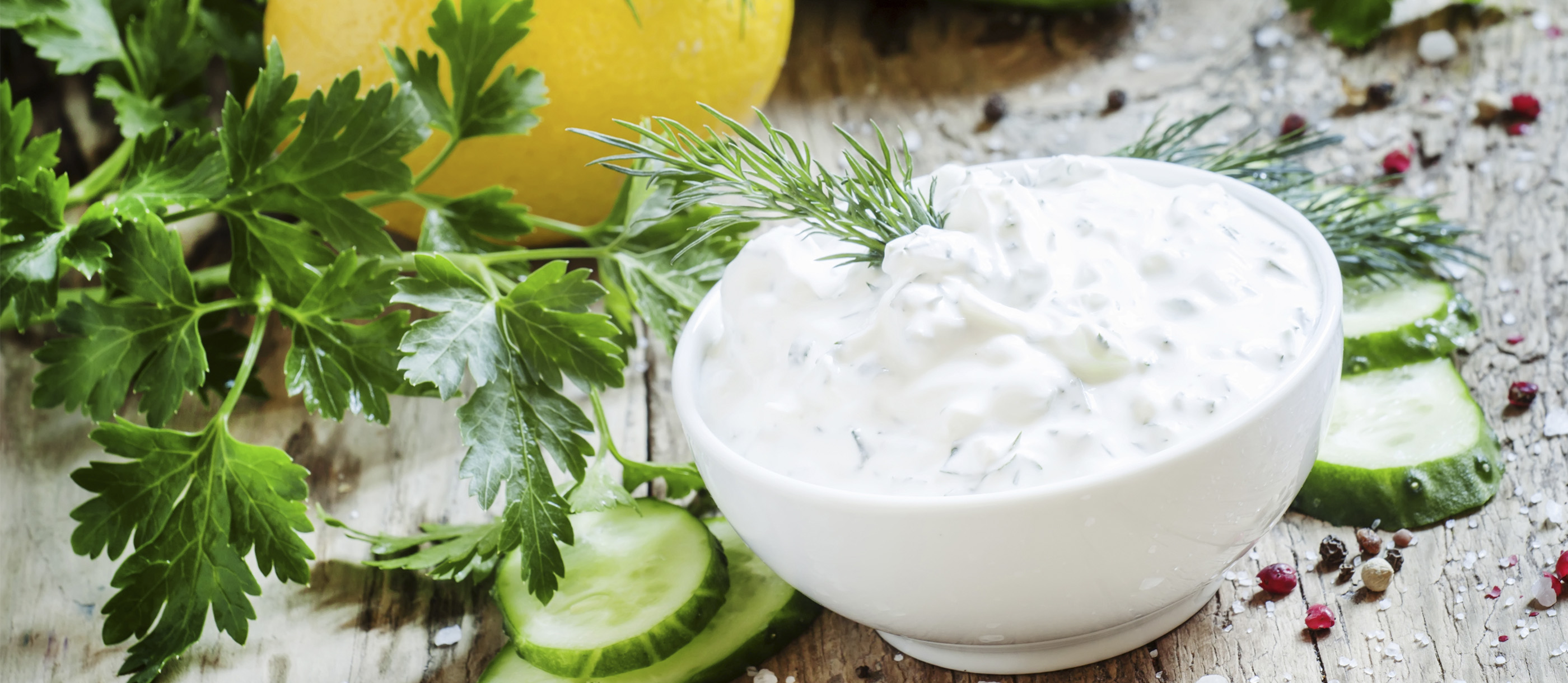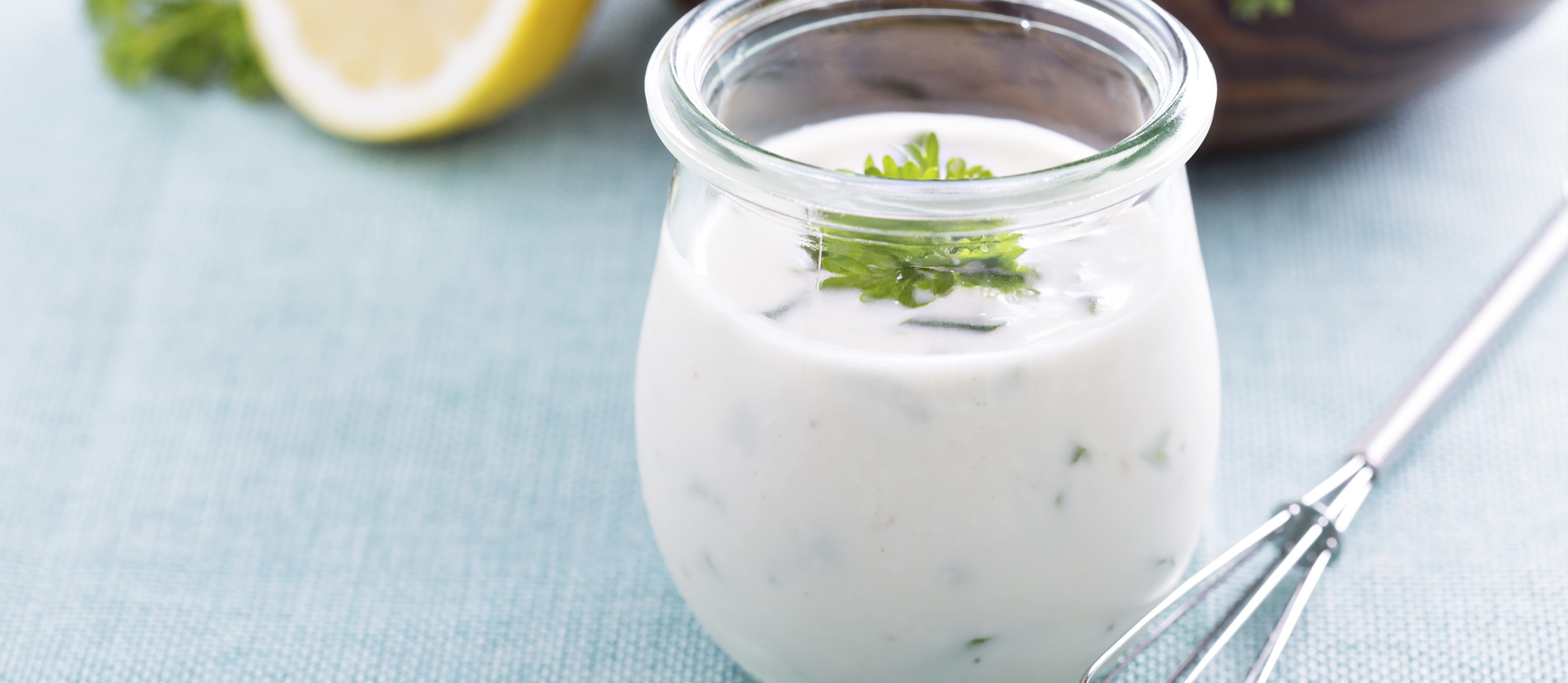
Sorry, we couldn't find anything nearby. Adjust the distance filter and try again!

Sorry, we couldn't find anything nearby. Adjust the distance filter and try again!

Sorry, we couldn't find anything nearby. Adjust the distance filter and try again!
Sorry, we couldn't find anything nearby. Adjust the distance filter and try again!
Something went wrong. Please try again.

New Food Cataloged
Beniano
Bolivian Cocoa Beans #1. Beniano cocoa, also known as cacao silvestre, is a rare, fine-flavor cacao variety native to the wild forests along the Beni River in Bolivia. The Beniano pod is typically small and rounded, much smaller than conventional cacao pods like Forastero or Trinitario. Its shape and size make it easier to handle in the wild, and it matures into a yellow-orange color when ripe. The surface is smoother and less ridged than most commercial varieties, reflecting its unique genetic identity and ancestral lineage. Beniano cocoa beans are small and round, with a low bitterness and a high fat content, making them ideal for premium chocolate production. The flavor is remarkably delicate and floral, with notes of honey, dried fruit, jasmine, and mild spice, often with a subtle citrus brightness. The taste is refined and well-balanced, without the aggressive bitterness found in bulk cacao varieties. Revered for its delicate aroma and complex taste profile, Beniano is part of the wild Amazonian cacao family, often considered a genetic treasure in the world of chocolate. It is typically classified under Bolivian wild cacao or referred to as a sub-variety of Criollo, though its genetics remain unique and highly prized. Unlike cultivated cacao, Beniano grows naturally in the floodplains and rainforests of the Bolivian Amazon. The trees are not planted but rather harvested from the wild, often requiring travel by canoe or on foot through dense jungle. This foraging-based harvesting process not only preserves the natural ecosystem but also connects the cocoa to centuries-old traditions of the indigenous and rural communities who have worked with these trees for generations. Due to its remote origin, limited harvests, and intensive collection process, Beniano cocoa is considered rare and exclusive, used primarily by artisan and bean-to-bar chocolate makers seeking exceptional raw material. Its wild nature and nuanced flavor place it among the world’s most coveted heirloom cocoas, celebrated not only for its taste but for its ecological and cultural significance.
Authentic Recipe
Amatriciana
PREP 10min
COOK 20min
READY IN 30min
The following is considered to be the classic go-to recipe for bucatini all'Amatriciana, as it was published by the Italian Academy of Cuisine. Unlike the case with the traditional recipe, here the pasta of choice is bucatini, not spaghetti, and wine is not included in the sauce, which is made only with guanciale, pecorino Romano, tomatoes, peperoncino, salt, and pepper.
Most Iconic
Restaurants with Tonkotsu ramen
World’s Best Traditional Restaurants
Russ & Daughters




Russ & Daughters is an iconic Jewish delicatessen and appetizing store in New York City, renowned for its smoked fish, bagels, and traditional Jewish fare. Established in 1914, the family-run establishment has become a cultural landmark, celebrated for preserving the unique flavors and traditions of Jewish culinary heritage.
Authentic Recipe
Kokoretsi
PREP 50min
COOK 4h
READY IN 8h 50min
The following is the classic recipe for kokoretsi and includes instructions for each step of the exhaustive preparation process. The offal is generously seasoned, not only with the traditional garlic and salt but also with rosemary, pepper, lemon, and olive oil. The recipe is courtesy of the Greek celebrity chef Akis Petretzikis and has a 5-star rating on his website.
Top 16
Georgian White Wines
Tsolikouri moved to 6th place - Tsolikouri is a native white grape widely planted in western Georgia. This versatile, late-ripening variety is used in the production of dry white wines and semi-sweet dessert styles from the Tvishi appellation. It also shows some potential to produce good sparkling wines. The grape is used in varietals and blends. It is often blended with Tetra and Tsitska. The wines produced from Tsolikouri will have a fruity and floral character, medium to full body, and bright acidity. It usually has aromas reminiscent of yellow fruit, such as pear and quince, along with some citrus nuances. The wines are mostly enjoyed young, but there are some rare examples of aged styles. The grape is sometimes used to produce skin-contact wines in traditional Georgian qvevri (churi) vessels. These wines will have darker color and aromas that are reminiscent of apricots and spices. Tsolikouri wines generally pair well with poultry, light main courses, appetizers, and cheese.
Dish of the Day
Minestrone
One of the very bases of traditional Italian cuisine, minestrone is a thick, chunky soup made with whichever vegetables are in season. Historically, being a poor man's food dating as far back as the year 30 CE, this peasant-style soup was made with a mashed bean or spelt base and leftovers from various contorni (side dishes) and other meals. Today, even though there's not a set recipe for this dish and every region has its own version, the most common ingredients include stock, onions, tomatoes, celery, carrots, and legumes. The vegetables are cut-up and simmered for quite a long time, but they must not turn mushy. Lastly, pasta or rice can be added to round-up this inexpensive, yet filling dish. Depending on the method of cooking, these flavorful soups are divided into two main categories: minestrone a crudo and minestrone col soffritto. While the first version uses raw vegetables and often garlic-flavored olive oil added towards the end of cooking, minestrone col soffritto is made with vegetables which are first sautéed in butter, oil, pork fat or lard, together with pancetta (bacon) and pork rind. The perfect comfort food to warm a cold day, minestrone is even better when made in advance and served reheated, as it takes some time for the flavors to fuse and deepen.
Top 8
Californian Street Foods
California Burrito moved to 6th place - California burrito is the specialty of San Diego, which is also the place where it was invented. It was originally made as a way to feed the city's hungry surfers, because there is a dominant beach culture in San Diego. The burrito usually consists of a flour tortilla stuffed with carne asada, large amounts of cheese, french fries, sour cream, and guacamole. It is believed that the potatoes and avocados were added to the burrito in order to mask or neutralize the intense Mexican spices. Interestingly, the earliest mention of California burrito was found in an article from the Albuquerque Tribune, published in 1995.
Best Local Restaurants
Cyprus, Europe
Authentic Recipe
Raclette
PREP 15min
COOK 12min
READY IN 27min
The recipe shows how to make the raclette at home without the use of a raclette oven or any specialized equipment. The recipe is courtesy of the Raclette Suisse Association, which brings together the manufacturers of the Raclette Suisse brand.
Top 3
Oceanian Ground Meat Dishes
Meat Pie moved to 1st place - Australian and New Zealander meat pie is made with flaky pastry that is filled with gravy and minced meat. Of course, numerous variations exist, so the filling can also be made with onions, chicken and asparagus, mushrooms, cheese, crocodile meat, vegetables, or seafood. There are also variations of meat pies such as party pies (tiny pies served to party guests) and the pie floater (a green pea soup with a pie floating on top of it). The concept of the pie traces way back to the Neolithic period, when barley, semolina, and grains were made into a paste, filled with honey and baked over hot coals. The Greeks then developed the pie filled with meat. It is believed that the meat pie was brought to Australia and New Zealand during the colonization period, as it was hugely popular in Europe at the time and provided good nutritional value for settlers, with basic and largely available ingredients. Nowadays, the meat pies are typically smothered in tomato sauce that is similar to ketchup, sparking passionate debates about whether the tomato sauce should be squeezed over the pie at once or bit by bit, and whether the sauce should be cold or served at room temperature. As proof of the meat pie's popularity, the Great Aussie Pie Competition, founded in 1990, is held annually in hopes of discovering the best pies in the country.
New Beverage Cataloged
Nerone
Italian Herbal Liqueur #34. Nerone is a type of amaro that is associated with Rome and is often called l’amaro di Roma. It is a rich herbal liqueur flavored with various botanicals - herbs, roots, and fruits. The resulting drink is dark and syrupy. It has a bittersweet flavor and intense herbal aromas. The finish is long and warming. It is usually served as an aperitif or a post-dinner drink and is best enjoyed well chilled.
Authentic Recipe
Rösti
PREP 20min
COOK 45min
READY IN 1h 5min
Among many different recipe variations, here is a favorite one of the Swiss German-speaking area. It is made with bacon which turns the basic rösti into a whole meal or a hearty breakfast, making it perfectly apt to start the day with.
Top 12
Asian Fresh Cheeses
Chhena moved to 7th place - Chhena is a variety of paneer that is commonly consumed in Bangladesh and the Orissa region in India. Although similar to paneer, chhena is not pressed for a long time. This fresh curd cheese made from water buffalo’s or cow’s milk has a moist and crumbly texture. It is typically used for the preparation of desserts such as rasgulla and ras malai.
Authentic Recipe
Martabak
PREP 25min
COOK 30min
READY IN 55min
This recipe was adapted from singaporelocalfavourites.com and shows the martabak preparation method in Singapore. The filling is richly seasoned with ginger, chili, turmeric, garam masala, and coriander leaves, and the martabak itself is cooked in ghee.
Authentic Recipe
Pico de gallo
PREP 10min
COOK 15min
READY IN 25min
The following is the recipe for Yucatán-style pico de gallo or x'nipek, as it's also called, which is made with charred vegetables, habanero pepper, and sour orange juice. It's adapted from the website of the Los Dos Cooking School in Mérida, Yucatán, founded by chef David Sterling, the preeminent authority on Yucatán cuisine who published two praised cookbooks, most notably Yucatán: Recipes from a Culinary Expedition, which got two James Beard awards.
Dish of the Day
Ranch Dressing
Ranch is a salad dressing or a dip consisting of buttermilk, salt, garlic, onion, herbs (such as dill, parsley, and chives), and spices (such as mustard seed, black pepper, and paprika) mixed into a mayonnaise-based sauce. Today, it is the number one salad dressing in the United States, but it was invented a long time ago, in 1954 by Gayle and Steve Henson on their ranch near Santa Barbara in California. The ranch was opened for visitors, who loved the flavors of their homemade salad dressing, which was named Ranch shortly after that, and it became the only dressing to ever be served at the ranch. The dressing gained huge popularity, and in 1972, the Hensons sold their brand to the Clorox Company for $8 million. In 1983, when a bottled version of the dressing appeared, the sales skyrocketed. It became so popular that it outsold other popular salad dressings such as Italian, Thousand Island, and Caesar. Today, it is sold in more than 30 countries, with varieties such as Cucumber Ranch, Bacon Ranch, and Spicy Ranch, and it is also being used as a dipping sauce, either on burgers or sandwiches.




































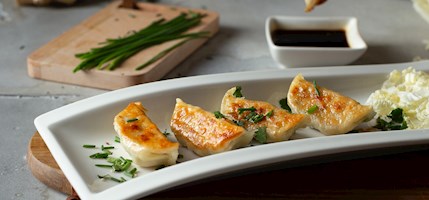







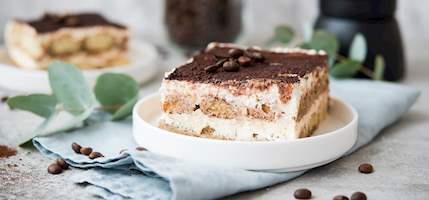




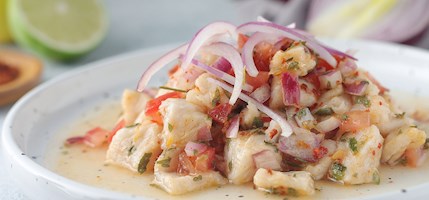





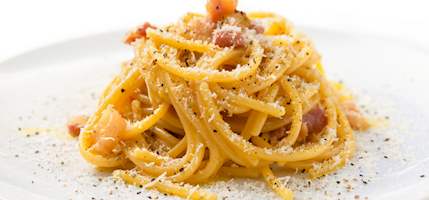
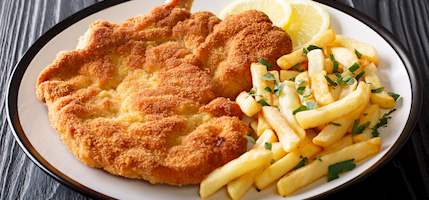

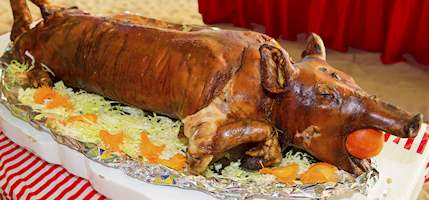























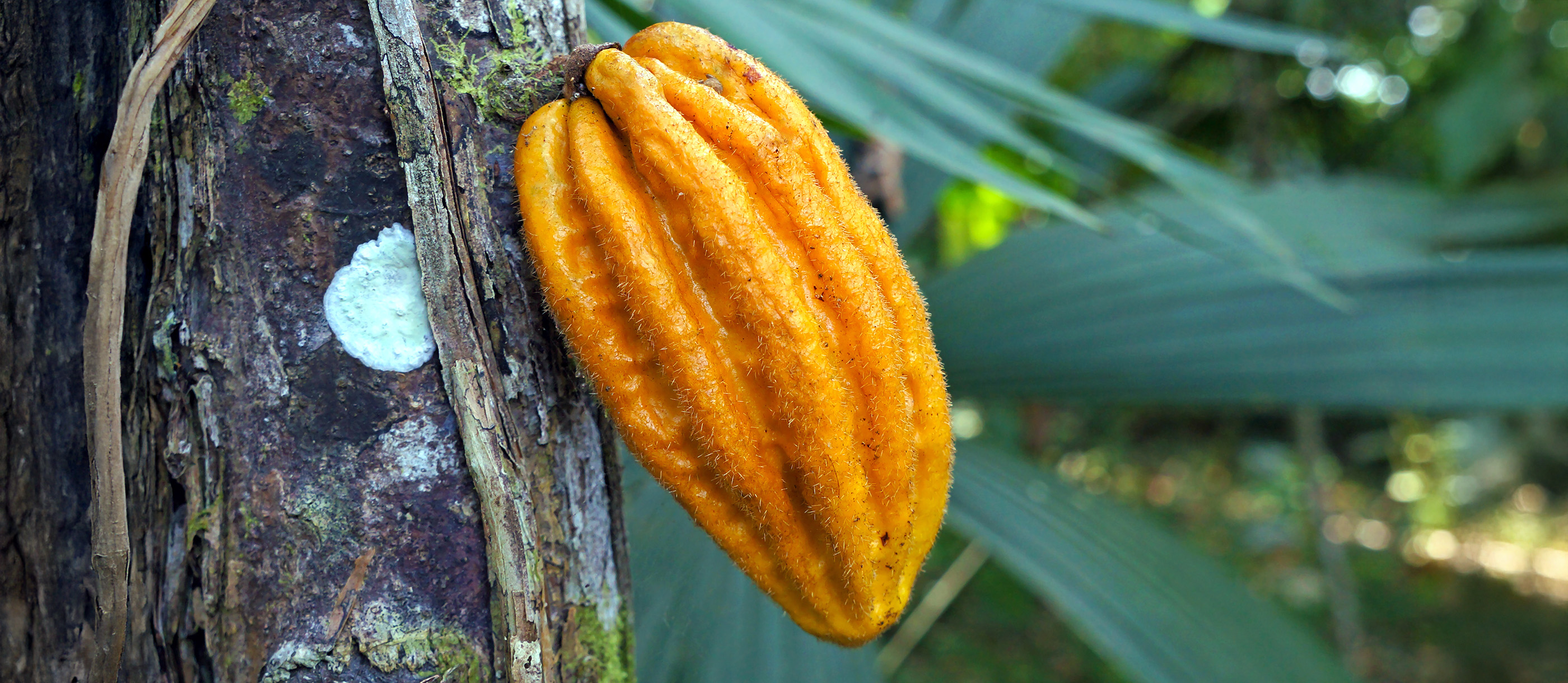












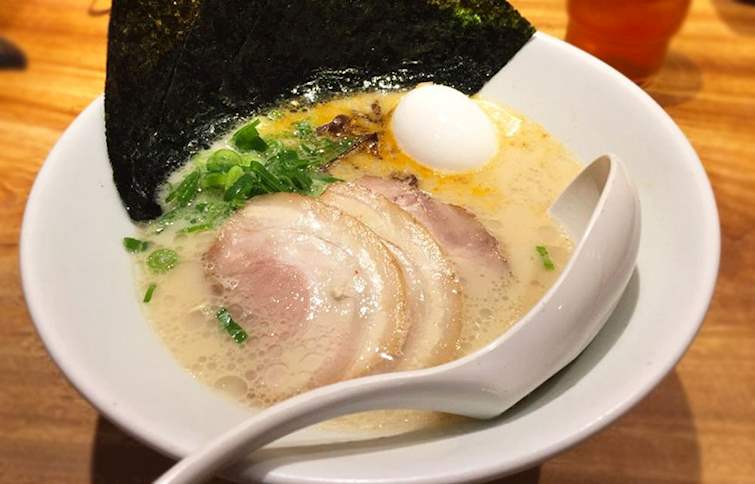
 Fukuoka,
Japan
Fukuoka,
Japan

 Tokyo,
Japan
Tokyo,
Japan

 New York City,
United States of America
New York City,
United States of America
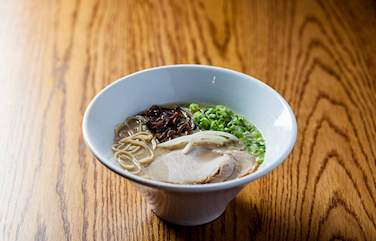
 London,
England
London,
England
